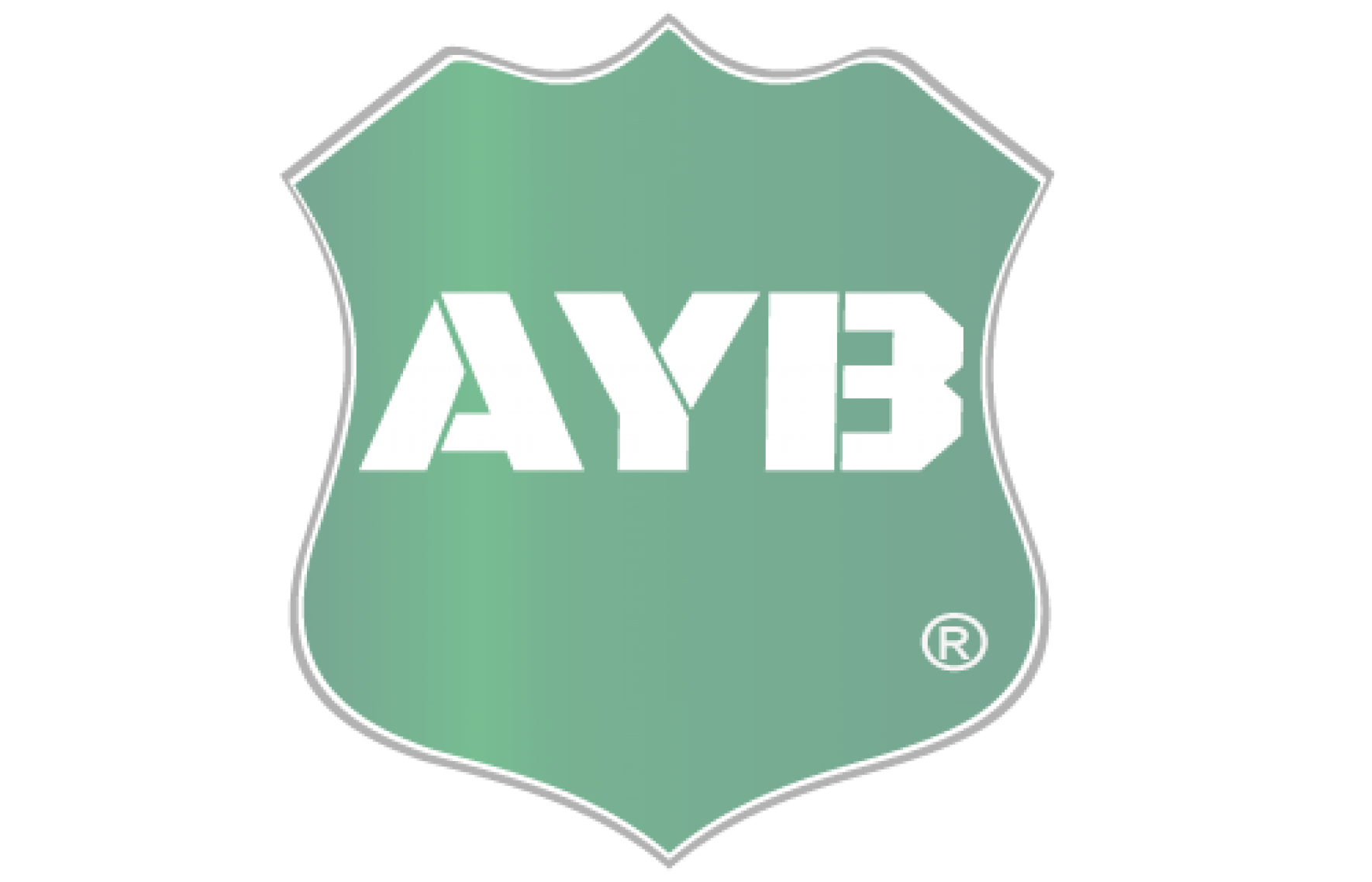A Comprehensive Guide to Caterpillar Injector O-ring Replacement Procedures and Tips

Introduction:
Caterpillar engines are renowned for their robust performance, and proper maintenance is essential to ensure their longevity. Injector O-rings play a crucial role in maintaining the integrity of the fuel system. In this article, we will delve into the procedures and tips for Caterpillar injector O-ring replacement, guiding operators through the steps to maintain optimal engine performance.
1. Understanding the Importance of Injector O-rings: Injector O-rings create a seal between the injector and the engine's cylinder head, preventing fuel leaks and maintaining proper compression. Over time, O-rings may wear out or become damaged, necessitating replacement to ensure the fuel system's integrity.
2. Gather Necessary Tools and Replacement Parts: Before initiating the O-ring replacement process, gather all the necessary tools and replacement parts. You will typically need a torque wrench, socket set, O-ring pick, lubricant compatible with diesel fuel, and the appropriate Caterpillar-approved O-ring kit for your engine model.
3. Prioritize Safety: Always prioritize safety when working on the engine. Ensure the engine is turned off, and follow proper safety protocols. Use personal protective equipment, including gloves and safety glasses, to safeguard against fuel exposure.
4. Identify the Injector O-ring Locations: Caterpillar engines have multiple injectors, each equipped with O-rings. Consult the engine's operation and maintenance manual to identify the specific locations of the O-rings on the injectors. Knowing their placement is crucial for a systematic replacement process.
5. Disconnect the Battery: Begin the replacement process by disconnecting the battery. This precautionary step ensures safety during the procedure and minimizes the risk of electrical accidents.
6. Remove the Injector: Use a socket set to carefully remove the injector from its housing. Take note of the injector's orientation and position to reinstall it correctly later.
7. Remove Old O-rings: With the injector removed, use an O-ring pick to gently remove the old O-rings from both the injector and the cylinder head. Be cautious to avoid damaging the injector or the seating surfaces.
8. Clean the Surfaces: Thoroughly clean the injector and cylinder head surfaces where the O-rings seat. Remove any residual fuel, dirt, or debris to ensure a clean and secure seal for the new O-rings.
9. Lubricate the New O-rings: Before installing the new O-rings, apply a small amount of lubricant specifically designed for use with diesel fuel. This lubrication facilitates a smoother installation process and helps create an effective seal.
10. Install the New O-rings: Carefully place the lubricated new O-rings onto the injector and the corresponding locations on the cylinder head. Ensure that the O-rings are seated correctly and evenly to prevent uneven compression.
11. Reinstall the Injector: Reinstall the injector into its housing, using the torque wrench to tighten it to the manufacturer's specified torque value. Be attentive to the recommended torque setting to prevent over-tightening or under-tightening.
12. Repeat the Process for Each Injector: If your engine has multiple injectors, repeat the O-ring replacement process for each one. Consistency in the replacement procedure is crucial to maintaining uniform compression and preventing fuel leaks.
13. Reconnect the Battery: Once all injectors have been reinstalled with new O-rings, reconnect the battery. This step prepares the engine for subsequent testing and ensures that the fuel system is operational.
14. Conduct a System Check: Before starting the engine, conduct a thorough system check. Look for any signs of fuel leaks around the injectors and verify that all connections are secure. Address any issues promptly to prevent potential complications.
15. Start the Engine and Monitor Performance: Start the engine and monitor its performance. Listen for any irregularities, check for fuel leaks, and ensure that the engine runs smoothly. If any issues persist, reassess the O-ring replacement and address them accordingly.
16. Regularly Inspect and Maintain: Incorporate regular O-ring inspections into your engine maintenance routine. Periodic checks help identify potential issues before they escalate, contributing to the overall longevity and efficiency of the fuel system.
17. Consult Caterpillar Guidelines: Always refer to the Caterpillar operation and maintenance manual specific to your engine model. Caterpillar provides detailed instructions and guidelines for O-ring replacement, ensuring accuracy and compliance with manufacturer recommendations.



